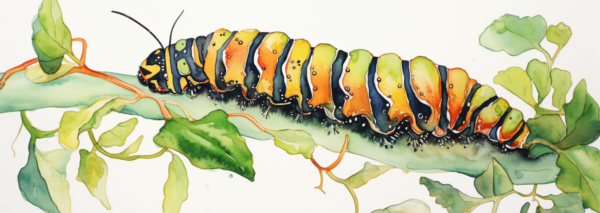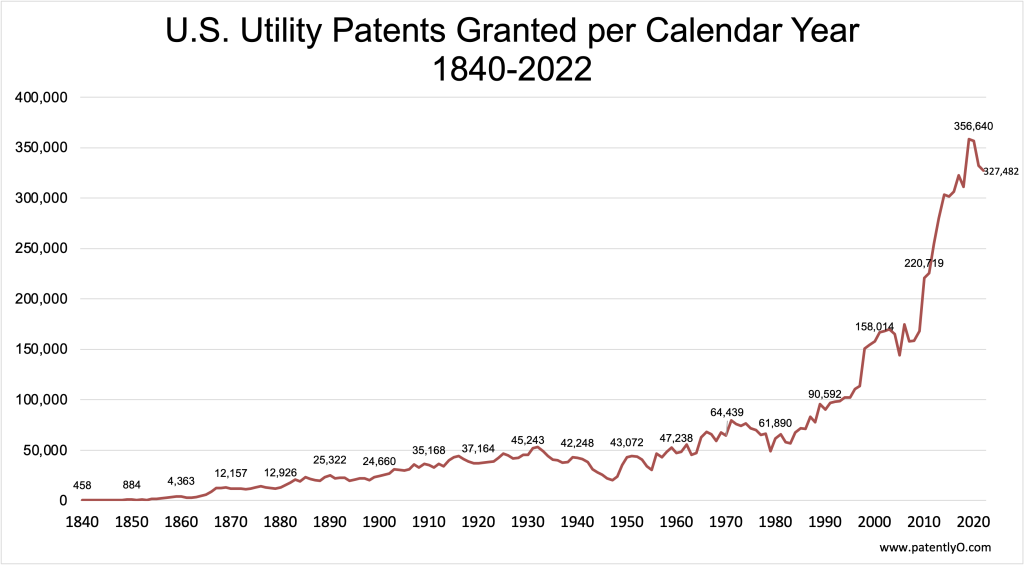by Dennis Crouch
The publicly traded Australian company IPH Limited continues expanding its global intellectual property services empire. IPH's latest acquisition is the Canadian IP firm Ridout & Maybee for $65 million Canadian dollars. This comes just 10 months after IPH purchased Canada's largest IP firm, Smart & Biggar.
To continue reading, become a Patently-O member. Already a member? Simply log in to access the full post.



